Since ancient times, our forefathers have soaked Morinda in alcohol, which is called a "medicinal liquor" that strengthens the kidneys and improves physiology. This liquor is also known by many different names, such as "wine for one healthy person and two happy people," "stimulus wine," and so on.
It appears so familiar, but many people are still confused about this therapeutic herb: what does it look like? True or false, good or bad? Does it have any medical properties? Why does the core have to be separated? How do you choose? How do you immerse and what are your tips?
Through this article, Ruou Viet will respond on your behalf.

1. What is Morinda and what therapeutic uses does it have?
There are additional names for Morinda including ruot ga plant, Ba Kich Thien, and several others. Morinda officinalis F.C. How is the scientific name. Appears in the Morinda genus of the coffee family; it climbs using wrapped stems and has a long lifespan. It is primarily found in the northern mountainous districts of Hoa Binh, Lang Son, Quang Ninh, Phu Tho, Thai Nguyen, and so on. The most well-known is Quang Ninh Morinda, where the districts of Tien Yen and Ba Che are regarded as the Vietnamese Morinda’s capital.
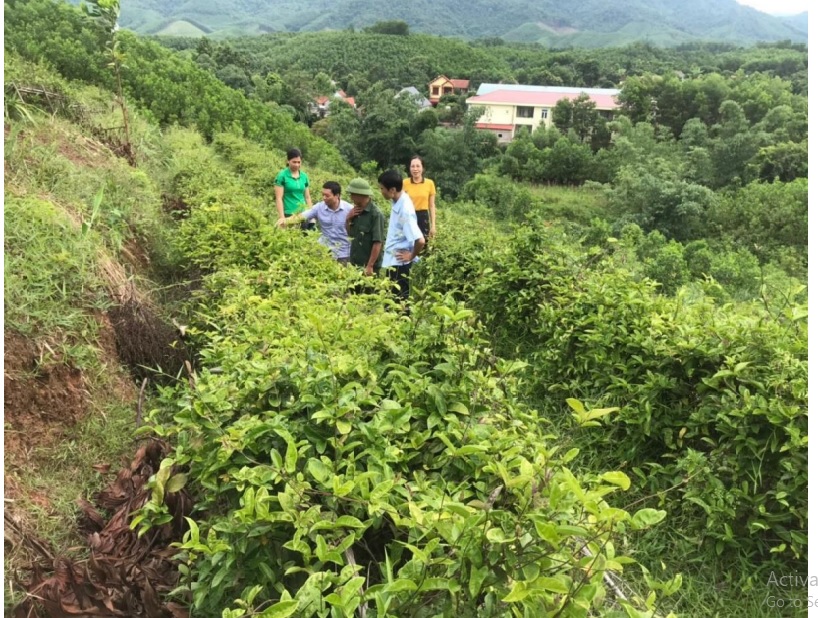
Oriental medicine claims that Morinda has a warm, slightly spicy, sweet taste that enters the kidneys and warms them while promoting yang and boosting energy. Furthermore, Morinda is regarded as a distinct variety of fresh ginseng that is specific to the Vietnamese people. It is a rare and distinctive product, the pride of the people of Quang Ninh, Hai Phong,...
The Morinda root is around 1-2cm in diameter (the size of a finger). It grows in bunches (root bunches), with each root strand (each tuber) being around 40-60cm long. However, it is waggly, with several knots or knots on the tubers.
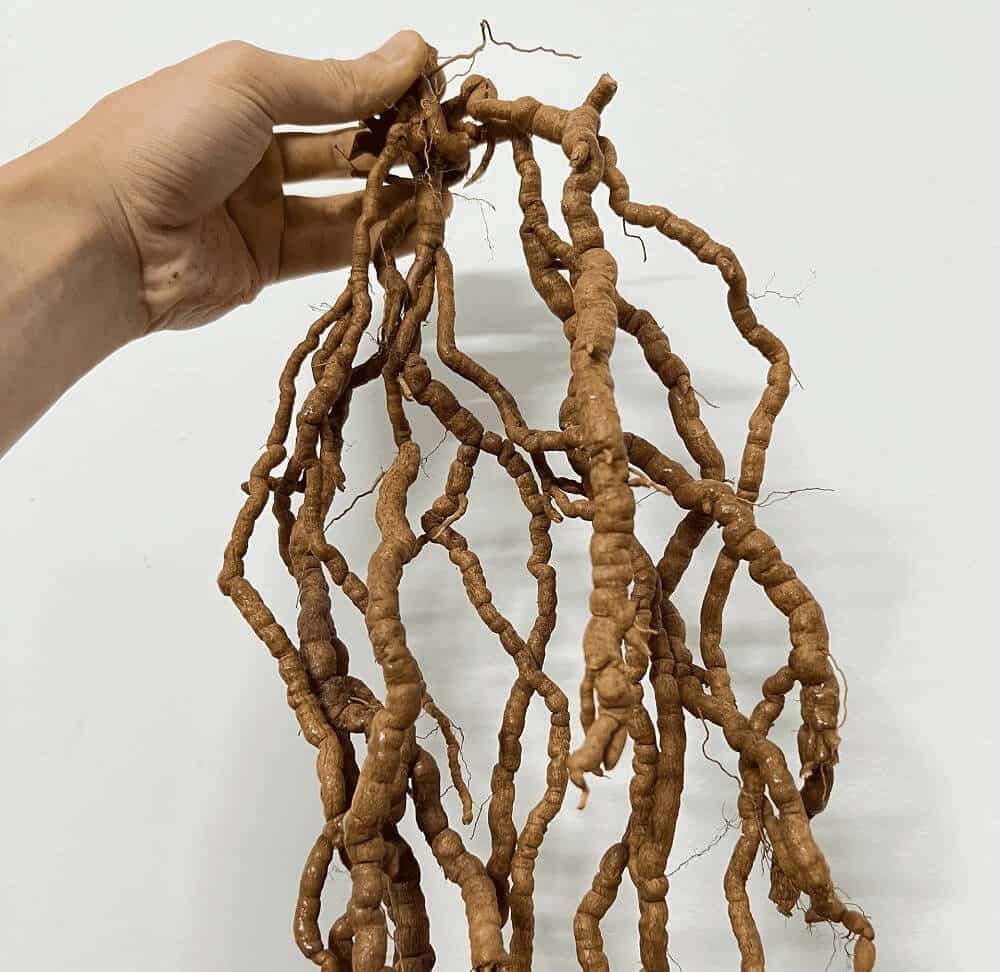
The skin of the tuber is brown, like paper mache or cardboard (similar to kudzu skin). When the tubers are young (less than 2 years), the flesh is opaque and pearly white, with hints of pale purple. When elderly (after 4 years), the color remains ivory white, but the purple light is darker (still difficult to notice). However, when Morinda is immersed in wine, the purple material is emitted very powerfully, 7-10 times more than before soaking. Looking at the glass liquor bottle, the roots turn black, but when poured into a cup, the liquor was purple and delightful.
More: How to Choose Morinda, Differentiate between Wild Morinda Types
2. How to infusing Morinda with alcohol
2.1 Preparation:
- Baskets or pots
- Liquor bottle
– Bàn chải giặt quần áo loại sợi mềm, hoặc bản chải đánh răng.
Attention:
If you want to soak a lot of Morinda, just use the above formula.- A soft-fiber laundry brush or a toothbrush.
Alcohol at 35 degrees Celsius is sufficient to extract minerals from Morinda tubers
2.2 Recipe:
- 1 kilogram of fresh purple Morinda
- 3.5 - 5 liters white wine (35-40 degrees)
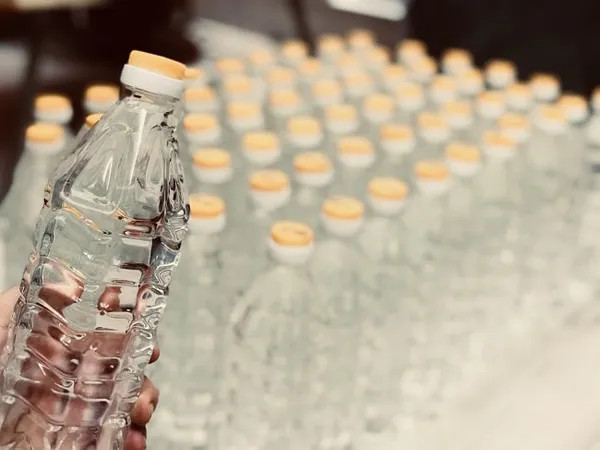
3.3 Washing
Morinda tubers feature several grooves and slots, and the tubers are zigzagged, thus they accumulate a lot of soil and are difficult to clean. We should scrub lightly with a brush and then wash with water 5-7 times. If the washing is still unclean, sand, fertilizer, and other contaminants can cloud the liquor, render it unsanitary, and ruin the taste of the liquor bottle.
After washing, dry in a cool area for 30-60 minutes before soaking.
Tip:Take three jacks to the car wash and request that they use a super powerful sprayer to fully clean the thoroughly.

3.4 Core separation
The rationale for core separation
According to Dr. Nguyen Thi Van Anh - Director of the Institute of Traditional Medicine Research and Development. Toxins that induce infertility or are hazardous to health are not found in Morinda's core, contrary to popular belief. However, the core has a little greater lead content than the peel, and it also has a far lower concentration of minor elements like potassium, calcium, and magnesium than the flesh. Thus, as the folk do, we ought to give up on the Morinda's core. Furthermore, cutting out the core speeds up the alcohol's ability to extract the nutrients from the Morinda roots.
How to take the core out
Morinda's core is highly tough and solid; if you pull it hard with your hands, you can cut/bleed without the core shattering. If you try to chop off roots that are 4-5 years old, you may break your knife.
There are numerous methods for separating the core, as long as you can remove the core and obtain the tuber's flesh. The most typical method is to place the Morinda roots on a chopping board and moderately crush them with a mortar or a broad knife, enough to break but not dehydrate or smash into many pieces like rice grains, which will lose the root's nutrients, while debris will cloud the wine. After that, firmly hold one end of the core in one hand while using the other to peel the flesh like peeling sweet leaf.
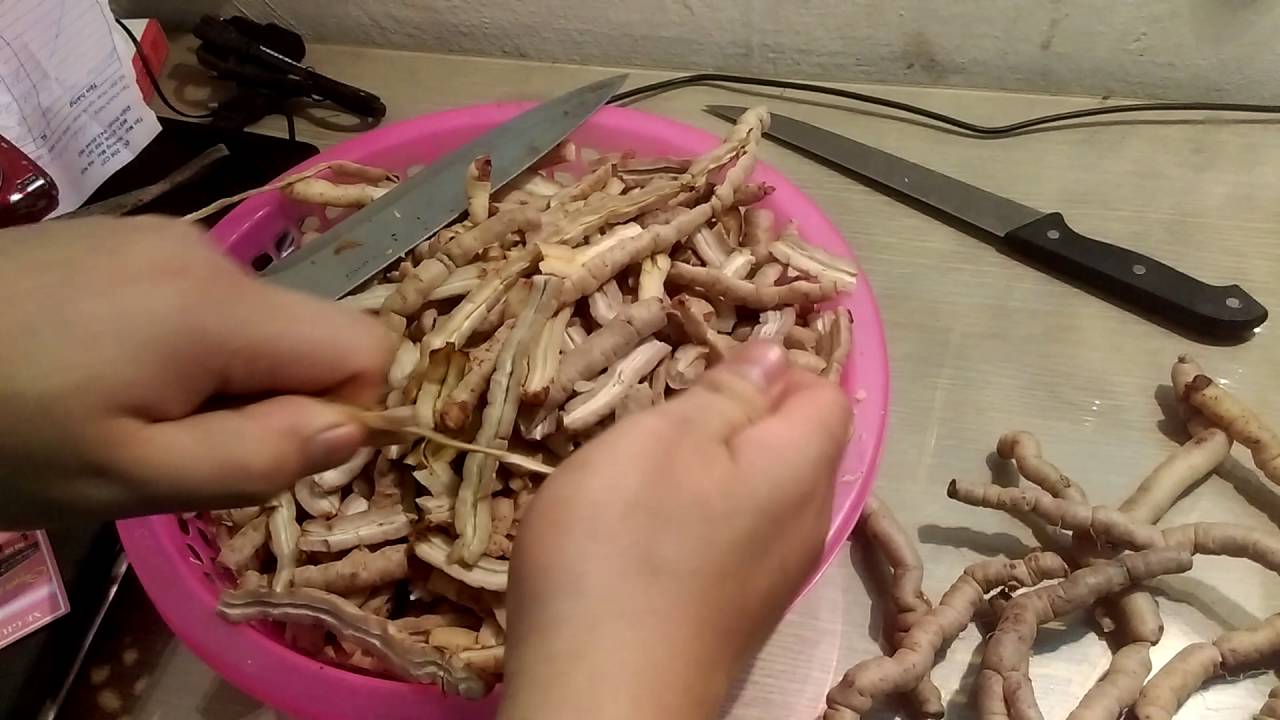
Tips:
- Because the roots of old Morinda will itch, wear gloves.
- Use electric pliers to firmly clamp one end of the core while the other hand separates the flesh to relieve discomfort on the fingertips.
- You can purchase Morindas that have been separated from the core and vacuum sealed for your convenience, but the price is 20-50% higher, and you need to ask the seller to select substantial parts, usually old roots.
3.5 Immersion
Fill the jar with all of the cleaned and core-separated Morindas, add the wine, and seal it. Store in a cool/not too bright place. Depending on your preferences, you can use 1 kg of Morindas with 3–5 liters of alcohol.
Tips:
- Keep the liquor bottle away of direct sunlight, heat, or strong light. Anthraquinone, the compound that gives Morinda's roots their purple color, is unstable and readily oxidized. When allowed to naturally degrade, the liquor's purple will lighten by roughly 1% every month after peaking in the third month or so.
- Soaking in high-degree alcohol helps to quickly and thoroughly release nutrients from the tubers, but drinking it is challenging due to its intensity. However, we and our friends love light liquors that are between 28 and 30 degrees. So, how do we solve this contradiction? The following are some suggestions: Soak in 40-degree alcohol (too strong will diminish the flavor of the Morrinda). After soaking for 3 months or more, lower the wine level to 28-30 degrees according to this article link: conventional approach to lower alcohol level.
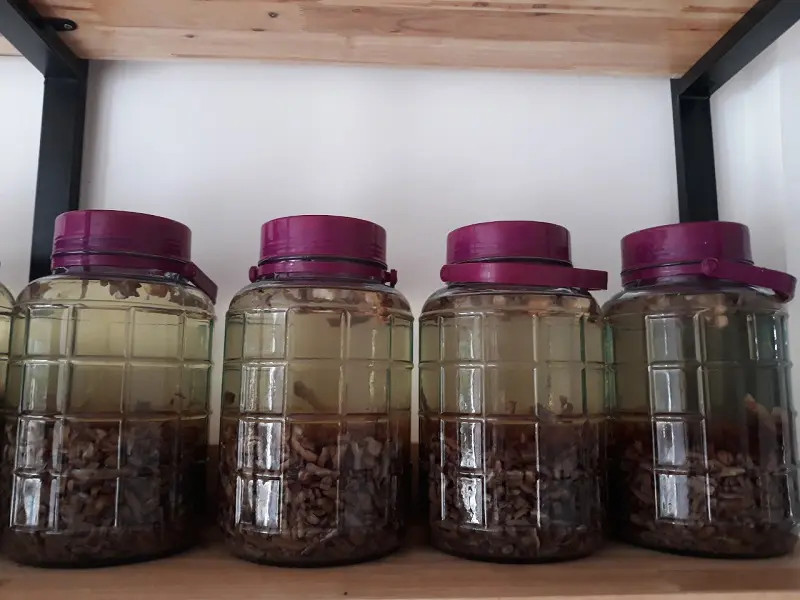
Everything said above is what we wish to share with the community. We hope you have a bottle of Morinda as you desire.
